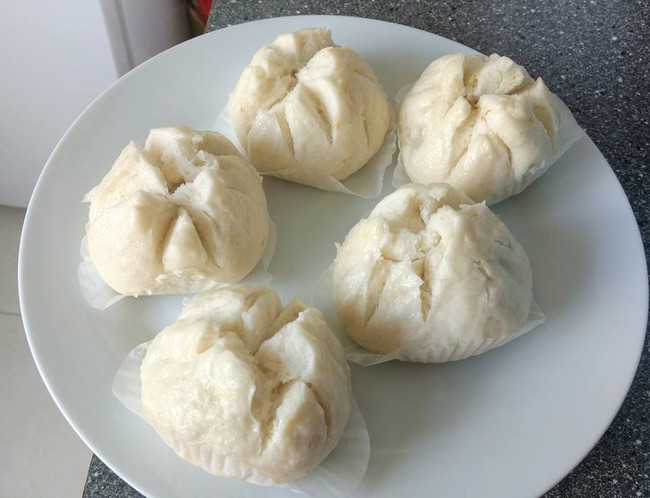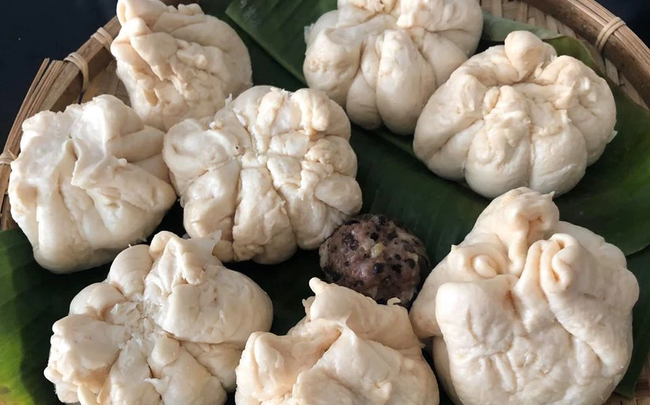If you have tried making steamed buns yourself but the results are unsatisfactory, there may be two mistakes you are making. These mistakes include the buns not rising after steaming and becoming dry and hard. To avoid these mistakes, consider the following:

Check the quality of the leavening agent and the fermentation process.
Two Mistakes to Avoid When Fermenting Dough for Steamed Buns
1. Incorrect or Insufficient Dough Fermentation
The process of fermenting bun dough requires carefulness and attention to detail. After kneading the dough, fold the edges together into a round shape and place it in a bowl. Cover the bowl with a damp cloth and leave it in a suitable environment that is not too dry or hot. Allow the dough to rise for 1-2 hours before using it to make buns.

Use a damp cloth to cover the dough during fermentation.
By covering the dough with a damp cloth, you can prevent it from drying out or hardening during fermentation. It is important to give the dough enough time to rise, as insufficient fermentation can result in flat buns that do not rise properly when steamed.
2. Inadequate Leavening Agent
Using too little leavening agent in proportion to the amount of dough can lead to unsatisfactory results. For every 300g of bun dough, it is recommended to use 6g of leavening agent. If the buns still do not rise after steaming, double-check the quality of the leavening agent used.
Common Situations and Their Causes in Fermenting Bun Dough
Sour dough: Sourness in the dough may indicate overfermentation or the presence of an excessive fermenting agent or starter.
Sticky dough: Excessive water added during the kneading process can result in sticky dough.
Hard dough: Insufficient fermentation time or failure to achieve proper fermentation can lead to hard dough.

Hard dough can prevent the buns from rising properly after steaming.
Bitter bun skin: Poor quality or expired flour can result in bitter bun skin. Check the quality of the flour used.
Yellow bun skin: Continuous steaming for an extended period can cause the bun skin to turn yellow due to the presence of eggs in the dough. Adding a small amount of vinegar or lemon juice to the steaming water can prevent discoloration and keep the bun skin white.


































